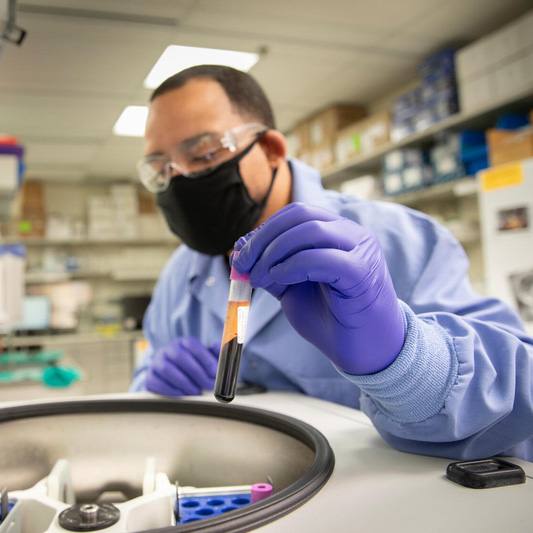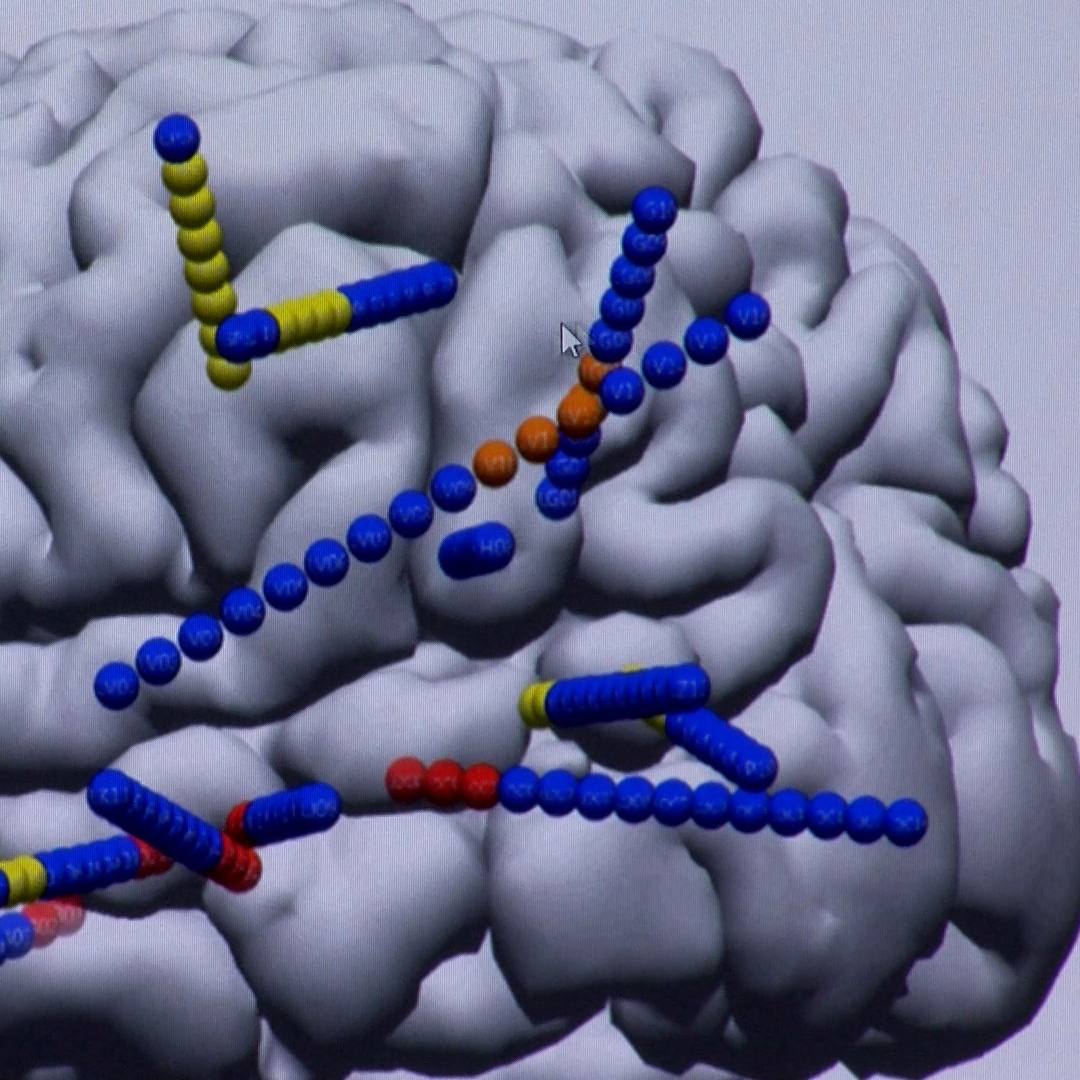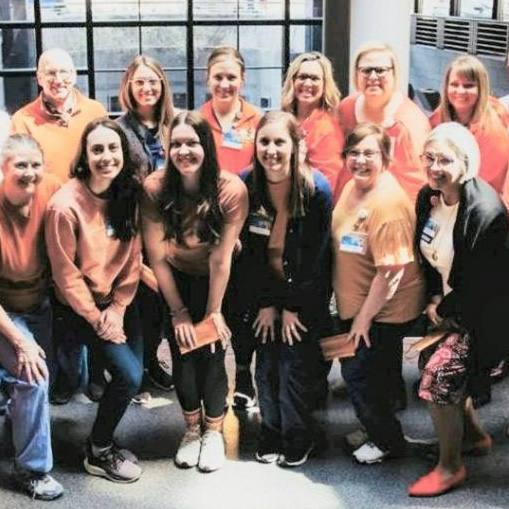-
Featured News
Sharing Mayo Clinic: Former Soldier, Stroke Survivor Tells of Life Punctuated by Commas
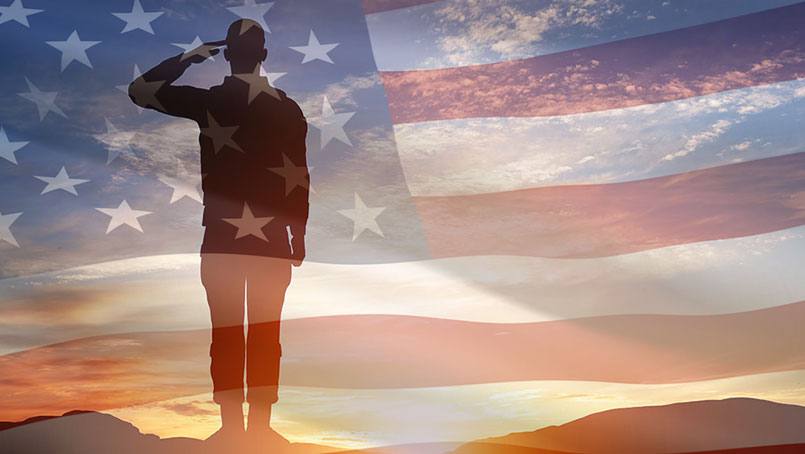 When stroke survivor R. Brady Johnson first visited Mayo Clinic nearly nine years ago, his doctors didn't quite know what to make of him. Not only was his stroke, at age 31, unusual, but his post-stroke physicality surprised the team of neurologists he'd come to see.
When stroke survivor R. Brady Johnson first visited Mayo Clinic nearly nine years ago, his doctors didn't quite know what to make of him. Not only was his stroke, at age 31, unusual, but his post-stroke physicality surprised the team of neurologists he'd come to see.
It had been just over a year since Brady, who lives in Belvedere, Illinois, had a major stroke during a surgery to mitigate a cerebral hemorrhage. The stroke cost him the sensation in his right side, the ability to speak, to run, and a litany of other abilities. Yet, in the time between the stroke and visiting Mayo, the former senior airman for the U.S. Air Force and marathon runner had managed to coax his body to do things that his rehabilitation team initially said would be impossible.
"I got the nickname 'The Freak' because when the doctors saw me, I did push-ups for them, and they couldn't understand my build. They couldn't understand how I could do push-ups," Brady says. "They'd never seen anybody like me."
Brady repeatedly defied the odds during his recovery from his stroke. But he found himself powerless to stop the searing pain that took root in his head.
Much more than a headache
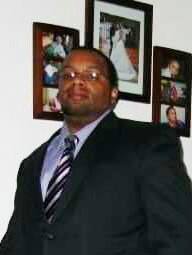 Before his stroke, Brady had been an active, athletic professional. Then he began experiencing intense headaches. As a combat soldier who'd seen two tours of duty, Brady fought through the headaches for months. But one Saturday morning while he was running his normal, six-mile route, the pain seemed to have magnified, and he sought medical advice.
Before his stroke, Brady had been an active, athletic professional. Then he began experiencing intense headaches. As a combat soldier who'd seen two tours of duty, Brady fought through the headaches for months. But one Saturday morning while he was running his normal, six-mile route, the pain seemed to have magnified, and he sought medical advice.
"One of the first things my doctors asked me is if I believed in God," Brady says. "The doctors couldn't figure out how I hadn't died."
His doctor had determined Brady was experiencing a cerebral hemorrhage the size of a half-dollar. "Most people with a cerebral hemorrhage that size fall over and die," he says. "And I'd been running every day with this."
He was immediately sent to a neurosurgeon in nearby Chicago, where he underwent surgery to stop the bleeding. During the operation, however, he lost large amounts of blood and fluids, and his body stroked, he says.
In recovery, physicians told Brady, his fiancée, Heather, and his family that life as he knew it was over. He was told he'd never be able to again walk without aid. He wouldn't be able to enunciate. He wouldn't be able to have children.
"To take someone who ran six miles the day before, and tell me all this at 31, it was shock," he says. Not only that, he says, "I was angry."
"Most people with a cerebral hemorrhage that size fall over and die. And I'd been running every day with this." — R. Brady Johnson
With that kind of prognosis, he wondered why doctors would even send him to rehab. But that night, he refocused. "I kind of changed my mind," he says. He started to think about his road ahead like the basic training he'd been through in the Air Force. "My mind changed, my body changed, my heart changed, and it said, 'I'm not going to give up,' and that's the way I took it — like basic training."
One of the first things Brady did was teach himself how to talk by learning how to sing. "I asked Heather to bring me a CD player, and she brought me all my CDs, and I played them over and over until I could sing them — I learned how to sing before I could talk." He used a mirror to practice talking and smiling, forging new pathways in his brain to command his muscles.
Next he started focusing on moving. Brady says he and Heather had been planning a wedding when his stroke happened, but rather than cancel the event, they pushed the date back by a year.
"I wanted to walk down the aisle, and that was my goal," he says.
And he did. On July 8, 2005, he and Heather were married. He also went back to work, and he and his wife started planning for the future. Eventually they had a son. Another boy came a few years later.
More than a setback
Despite Brady's physical advancements, including running a 5K — all while lacking feeling on the right side of his body — he again began experiencing a new round of intense headaches, which stopped him in his tracks.
"My life had shut down, literally. I couldn't go anywhere, do anything," he says. "My doctors couldn't do anything, and I was sent to the Mayo Clinic. And that's where my walk out of pain began."
Brady traveled to Mayo and met with a team of neurologists. His medical team at Mayo administered a variety of tests and determined that Brady's skull contained residual fluid, particles and scar tissue from the cerebral hemorrhage and ensuing operation.
"I was in extreme pain, but Mayo made me feel okay … made me feel like we can move forward. Like I've been found." — R. Brady Johnson
"They said that basically the junk that came from surgery was rubbing up against my brain, and unless they were to go back in and clean it up, it was going to pretty much be that way. Just like any brain trauma, your brain is going to cause you pain," he says.
Brady says the physicians he had seen prior to coming to Mayo Clinic were unable to identify the problem and were therefore unable to treat it, adding that the new bouts of pain were worse than those caused by the cerebral hemorrhage.
"It's kind of hard to say this without sounding foolish, but it was like a breath of fresh air," he says. "I was in extreme pain, but Mayo made me feel okay. Even if I was different, it made me feel like we can move forward. Like I've been found."
Remedy, relief and recognition
The sense of being found and the subsequent healing is just a small part of the journey Brady captured in a book about his experiences entitled A Life of Commas: A Soldier's Story. The book was recently published and released by Friesen Press.
Having his physicians recognize his problem as something they'd seen before and as something that could be healed was like a revelation, Brady says.
"Every time I was there, I felt confident in every word I was told, and I felt that I was part of the team — I felt like I was added in on the answers, on what the next step was," he explains. "And everywhere, from the piano when you're walking in, all the way up to the 'hellos' and the 'how ya' doings?' from the doctors to the hugs, I felt so calm with the pain. I felt like I was home and that something was going to be done, no matter what it was. And it was."
"Every time I was there, I felt confident in every word I was told, and I felt that I was part of the team." — R. Brady Johnson
Brady was prescribed a cocktails of nearly medications that all but eradicated the pain. He also was referred to a pain doctor — a medical specialty he didn't know existed, he says.
"The pain doctor was able to give me different medication that allowed me to work every day, that allowed me to live every day, to smile and to mean it," Brady says.
To this day, he remains under the care of physicians near his home, who monitor his many medications. Although he still experiences headaches, they aren't crippling episodes like he suffered prior to his Mayo experience.
Brady has spoken on behalf of the American Heart Association and The American Stroke Association, and says he speaks with many who are not as confident with their care.
"I feel kind of like that person who bucks out his chest when I say I'm confident in my doctors," he says. "My doctors at Mayo were able to guide my way when I was lost."
HELPFUL LINKS
- Learn more about stroke.
- Explore the departments of Cardiovascular Diseases and Neurosurgery.
- Request an appointment.





